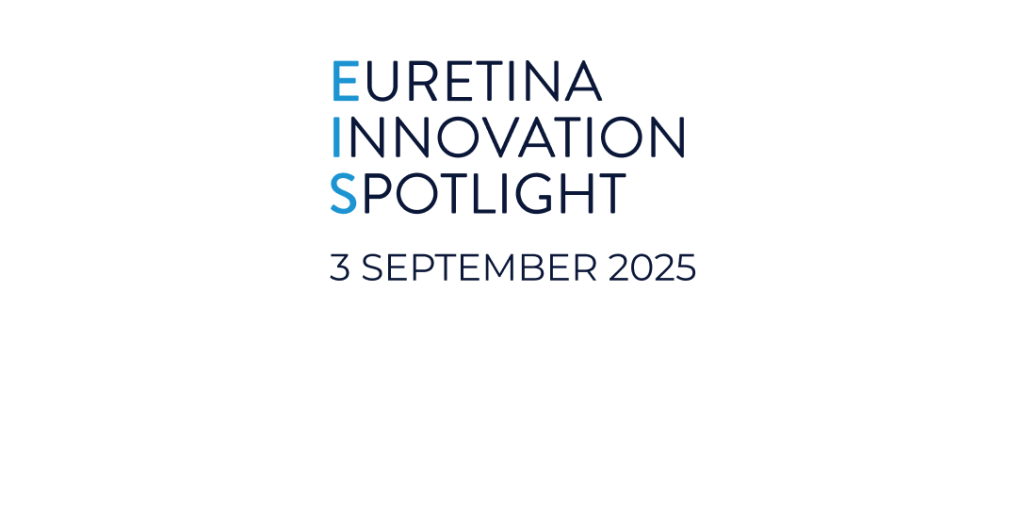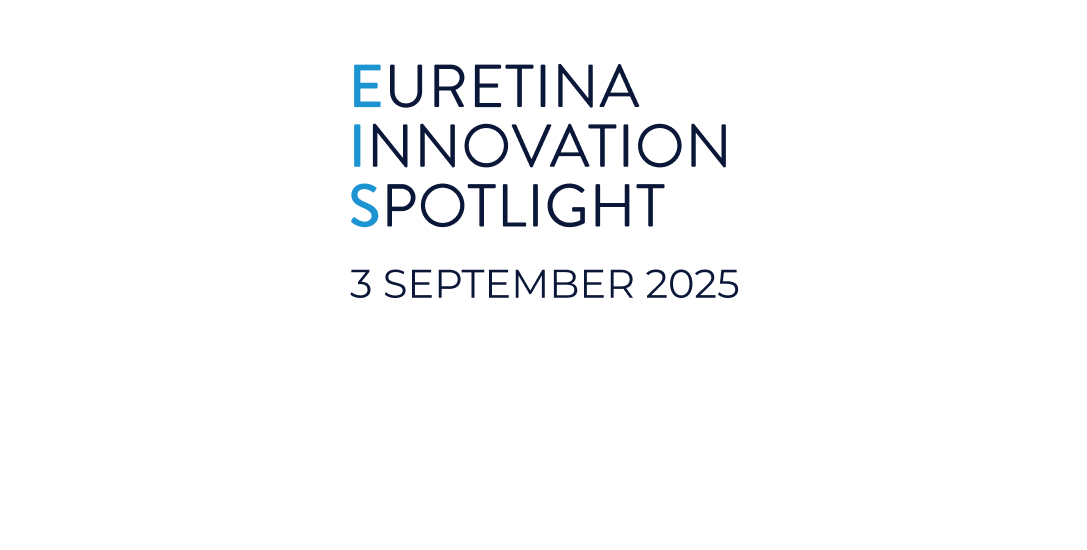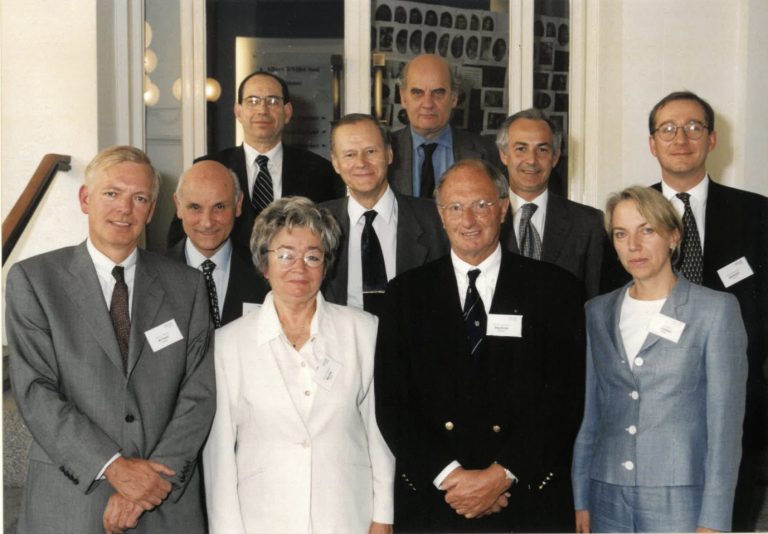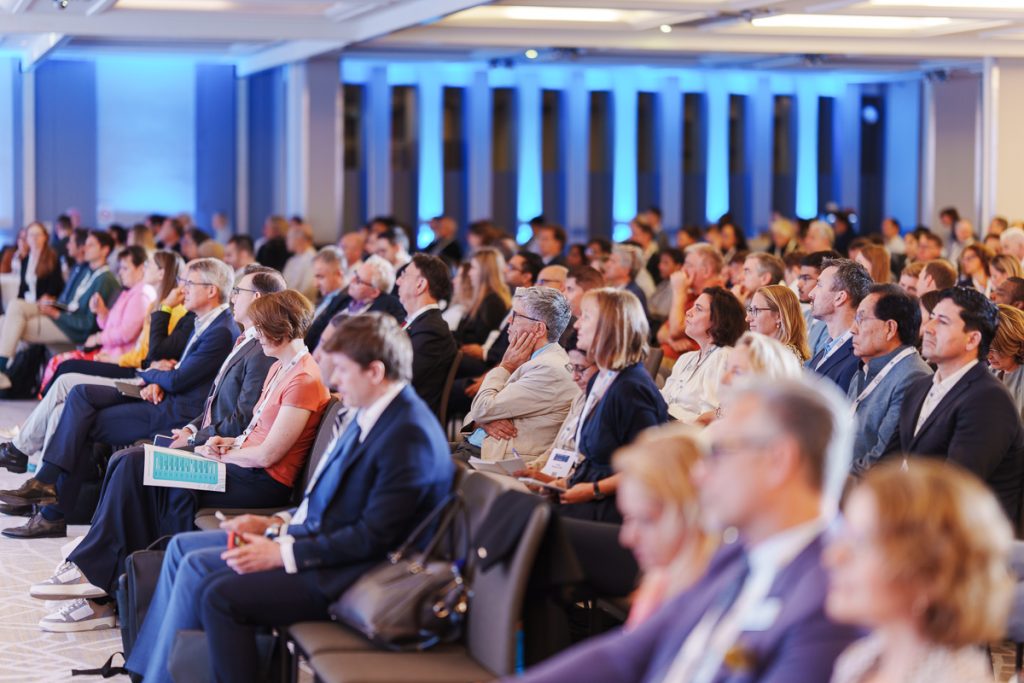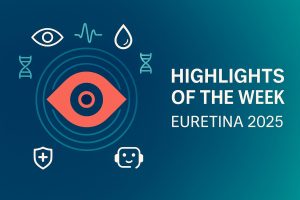The Foundation of EURETINA: A 25-Year Journey How It All Began
Reflections by Prof.Dr. Gisbert Richard
As EURETINA celebrates its 25th anniversary in 2025, it’s worth pausing to reflect on the roots of what is now the world’s largest retina-focused congress. The story of EURETINA began not in a boardroom or lecture hall, but over conversation and shared vision — in the vaulted cellar of Hamburg’s historic Ratskeller.
In July 2000, following an international ophthalmology meeting in Hamburg, a group of leading clinicians gathered informally to discuss the future of retinal science in Europe. At the time, research in areas such as age-related macular degeneration, diabetic retinopathy, and retinal vascular occlusion was gaining momentum, especially with the advent of optical coherence tomography (OCT). Yet international collaboration remained fragmented. National societies existed but were often small and isolated.
What was needed, it was agreed, was a unified European voice in retinal research and education — one that could drive both scientific exchange and clinical advancement. That evening in Hamburg marked the first step toward EURETINA’s foundation.
A New Society Takes Shape
From this early initiative emerged a core founding group, with figures from across Europe: the Netherlands, Belgium, France, Poland, Spain, and Germany. The name EURETINA was proposed, and with it, a set of bylaws that would shape the future society:
- A rotating board structure, ensuring continuous renewal.
- A two-year presidential term.
- Long-term general secretary appointment, to support consistency and institutional memory.
The legal framework was carefully constructed under German law, with support from colleagues and legal advisors. EURETINA was officially registered at the Hamburg District Court, and on May 26, 2001, the founding meeting took place at the Hamburg Chamber of Commerce. The first president, board, and general secretary were elected that day, formalising the beginning of the society.
Early board members included clinicians from across Europe. The society chose Barcelona and Hamburg as the first two congress host cities — a symbolic balance of North and South, and a practical commitment to international accessibility.
The First Congress and Early Milestones
The inaugural EURETINA Congress was held from May 25–27, 2001, at the Hamburg Chamber of Commerce. It attracted 211 paying delegates — a modest start by today’s standards, but already a testament to the appetite for cross-border collaboration.
The programme included:
- 33 invited lectures
- 12 sessions of free paper presentations
- A scientific poster session
- An industry exhibition
This core format remains familiar to attendees today.
Financially, the society began on cautious footing. But interest and participation grew exponentially over the following years. Key figures and early supporters — including many who continue to contribute to EURETINA’s work — helped shape its academic credibility and reach. Today, EURETINA hosts the largest congress in the field of retinal disease.
To honour pioneers and contributors, named lectures were introduced. The society also adopted Ophthalmologica as its affiliated journal, further enhancing its academic foundation.
Strategic Growth and Global Reach
EURETINA’s continued expansion was built on a clear strategy:
- The creation of a Winter Meeting, to engage more deeply with the research community.
- The launch of World Retina Day, inviting retinal societies from around the world to participate and collaborate at the annual Congress.
- A key partnership with Agenda, which helped professionalise operations and ensure financial sustainability.
These developments helped the society grow in both scope and stability. EURETINA weathered global challenges — notably, the COVID-19 pandemic — by rapidly adopting virtual formats and online education. Today, it remains a global leader not only in retinal congresses, but also in digital learning and scientific exchange.
Looking Ahead: Innovation, Unity, and Leadership
Retinal science does not exist in a vacuum. Clinical innovation must be supported by policy, funding, and education to truly impact patient outcomes. That’s where EURETINA plays a crucial role: not only in advancing scientific discussion, but in supporting the practical implementation of new diagnostic and therapeutic tools.
As European healthcare systems face increased pressure to economise, the society is committed to developing training curricula, harmonised guidelines, and a strong infrastructure for retinal care. Collaboration with colleagues from across the world — particularly in Asia and the Americas — will be central to this mission.
The era when national meetings were the primary stage for scientific dialogue is behind us. Today, EURETINA represents a pan-European and increasingly global platform. It is here to lead, not follow.
The priorities remain clear:
- Solve the problems that matter to our patients.
- Take a leadership role in shaping the scientific and clinical direction of retinal care.
A society that embraces innovation, encourages debate, and supports its community will never fear the future — because it is actively building it, every day.
This article is part of a special 25th Anniversary series marking EURETINA’s founding and development. For more reflections from early contributors, stay tuned to euretinacongressdaily.org.

